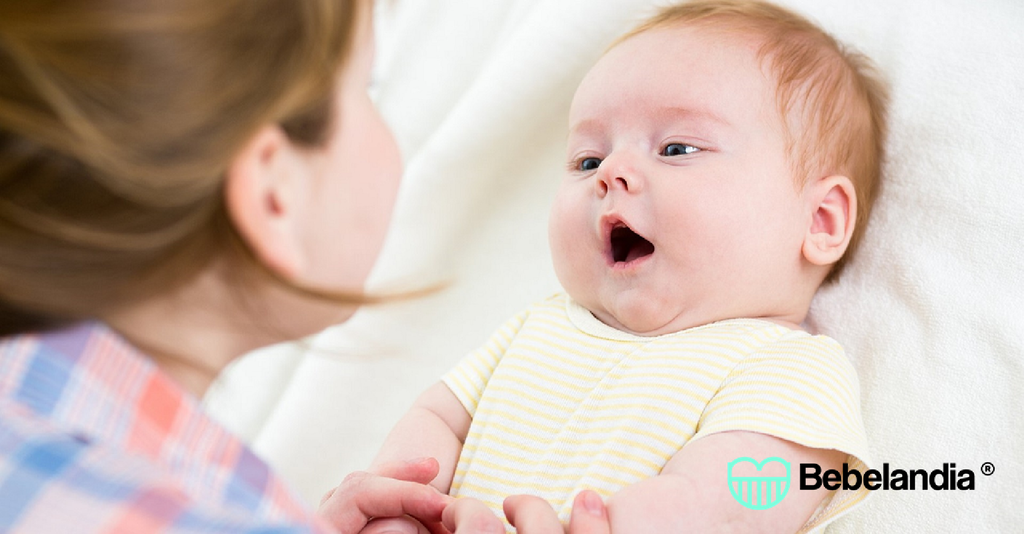Truly, the bond between a mother and her baby is wonderful. Eye contact, smiles, and kisses are all forms of communication a mother uses to establish that special bond of love in the first days of life, as the baby needs to feel her affection and be taken into account.
Now that he's with you, you'd like to tell him so many things! But you might think he doesn't understand. However, you initiated verbal communication from the moment you were carrying him in your womb. Remember that? You talked to him, sang to him, told him things. Plus, your baby is very perceptive, and even if he doesn't yet understand the meaning of words, he's capable of making connections between sounds, your touch, what you do, and your moods.
A baby communicates his needs through crying, hand and leg movements, looks, and facial expressions, and each mother, through her intuition, interprets and understands what he wants to tell her. That's why it's important to take advantage of these moments to develop your baby's language skills. You can respond with words and actions together.
When the baby is calm in his crib , when you're sitting in the rocking chair and holding him in your arms, it can also be an ideal opportunity to talk to him. Tell him about the things you're doing, how much you love him, ask him how he's feeling—yes, ask him! It's a way to stimulate him. Little by little, when you least expect it, he'll respond. At first, with kicks and smiles, then with babbling that will melt you with tenderness.
Try speaking to him slowly and gesturing some words like “mama” or “dada” so he can observe the way your lips move and then imitate you. Repeat his name and as he grows and has better eye contact, name something and then show the image or object, maybe it can be of little animals that you can also complement with the sounds that each one makes, he will like that.
Nursery rhymes accompanied by signs or movements are a great tool to help them make connections that will later lead to better communication and language use. Don't forget that the modulation, tone, intensity, and melody of your voice are all signals that will help them understand better.
Any place is good to talk with your baby: when you bathe him, when you put him on the changing table to put on his clothes, when you go for a stroll in the stroller. In short, your creativity and your love will give you a thousand and one ways you can turn a situation into an opportunity for verbal communication and it can become a very special, fun, and intimate moment with your baby.

